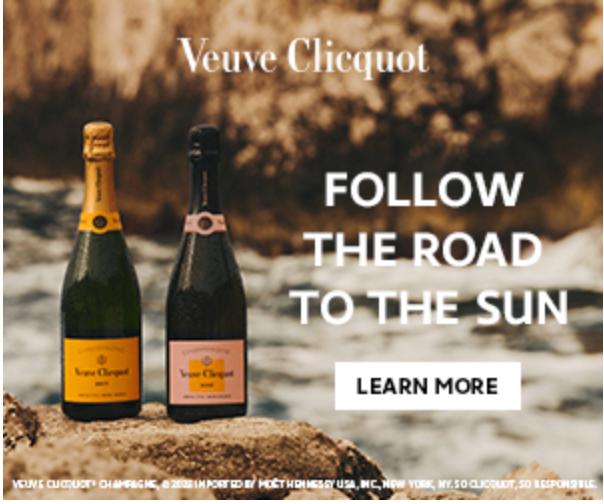Horror Hit “Soul Trader” Returns to LA for One Night Only at Rock The Shorts Sept 2
Award-winning short film The Soul Trader returns to Los Angeles to be screened as part of Rock The Shorts Festival in Beverly Hills’s Fine Arts Theater on Monday September 2 at 8pm.
The Soul Trader is a 12 minute short proof of concept for a feature or series directed by Susan Dynner (Brick, Punk’s Not Dead, Code Blue: A Love Story) and starring Shane West (A Walk to Remember, ER, The Dirty South), Donna Mills (Knots Landing, Nope, Origin), and newcomer Shauna Grace.
The story follows Coral Chase (Shauna Grace), an occult hitwoman who has the power to steal life-extending souls, which she then sells to vain, wealthy elites like Erica Claessen (Donna Mills), who clings to the crumbs of youth. She’s flanked by stoic bodyguard Damien (Shane West), who ultimately emerges from the shadows as her rival when she’s about to carry out a money-spinning hit at a target’s home and realizes she’s not the only one with murder in mind.
“We’re excited to share this story and show a strong female lead that audiences are falling in love with”
Director / Producer Susan Dynner
The short film launched at the Cannes Film Festival’s American Pavilion in May and has been gaining momentum ever since.
It won its first award just weeks later at the Manhattan Film Festival in NYC. Now it’s set to screen at many more festivals on the West Coast, East Coast and across the globe.
“This project is definitely a good luck charm. Playing the role of Coral, working with our cast and crew has been incredible. But the biggest thanks is the reaction from the audience. Getting to meet people who are excited and inspired by the story and characters.”
Actress / Executive Producer Shauna Grace
Meanwhile the filmmaking duo Susan Dynner and Shauna Grace are busy taking meetings toward their next step.
What is their next step?
“This was always meant as a proof of concept short film to become a feature film or TV series. With the sold-out screenings and awards, it just confirms our feeling that this story is so much bigger than a short.”
Susan Dynner
Actress Shauna Grace has been receiving strong reviews, comparing her on screen presence to other heroines including Charlize Theron and Scarlett Johansson.
Dynner’s experience as a studio development executive for visionaries such as Richard Donner and Wolfgang Peterson shines through. Also, her producing work on Sundance hit “Brick” and festival darling “Punks Not Dead” shows her ability to bring production value on a range of budgets.
Both Dynner and Grace will attend their Rock The Shorts screening on Monday September 2 at 8pm and be available afterwards to discussion.
The Soul Trader is directed and produced by Dynner, written by newcomer Mike Underwood, photographed by Matthias Schubert (The Door Man, Selena Gomez: My Mind & Me, Shelter in Solitude), produced by Lauren Bancroft (The Making of Happier Than Ever: A Love Letter to Los Angeles, Wild Bitch, Bite Size Halloween), edited by David Hopper (God Bless America, In Between Songs, Rust Creek), and executive produced by Shauna Grace, with music composed by Jeff Russo (Fargo, Ripley, Star Trek: Discovery).
See The Soul Trader at Rock The Shorts Film Festival on September 2, 2024 at 8pm. Tix available here: https://filmfreeway.com/RocktheShortsFilmFestival/tickets




